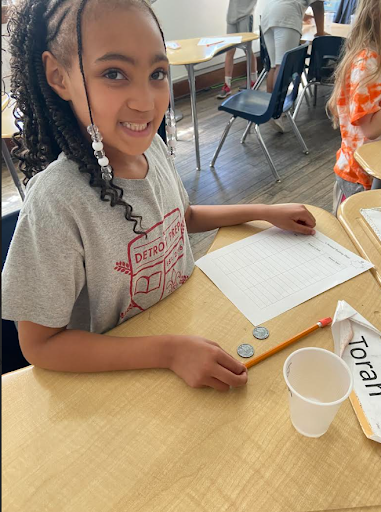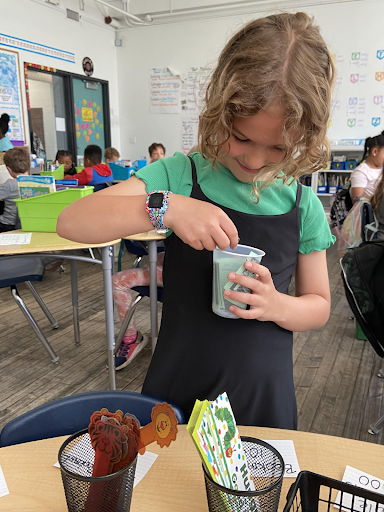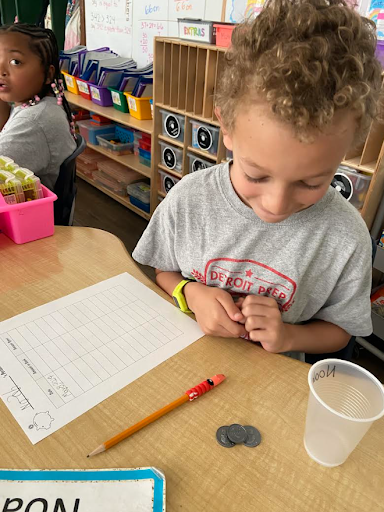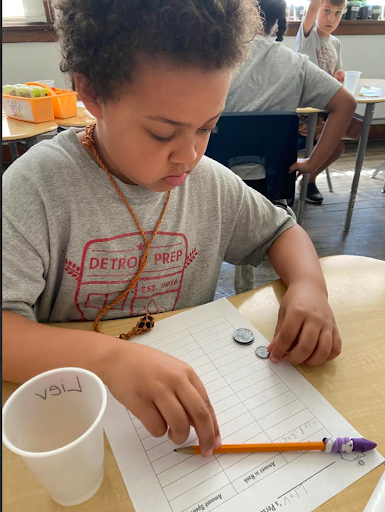Money Skills 101
The concept of money looks very different for children being raised in the 2020s. We live in a world ruled by paying for things by swiping a card or tapping a phone. However, teaching children how to count and handle money is a crucial skill that needs to be taught at a young age. Teaching money skills can begin as early as kindergarten and slowly advance as your child grows! Check out below on how to turn your child into a money maverick.
Start with coin and bill identification
The teaching of coin and bill identification can start as early as kindergarten. Start small with one or two different coins. Have your child look at the coin and see what they notice and wonder. Share the coin's name and how much the coin is worth. As your child masters the name and amount of each coin, add another. Once your child can identify all the coins, have them practice sorting them. The exact same thing can be done with bills! The Dollar Tree is a great resource to purchase play money as well!
Practice Skip Counting with 1 Type of Coin
As your child masters identifying coins they can move on to counting them. When counting coins it is important to have your child count on. For example when counting nickels you want them to count 5,10,15,20…This will help your child have a better concept of skip counting before moving on to coin combinations. It is also helpful to have your child use their finger to move the coin that is being counted from one pile to another pile. This motion will help them with skip counting but also understand what coins have already been counted.
Counting Coin Combinations
Once your child is comfortable counting individual coins they can begin counting coin combinations. Start with coins such as pennies and nickels. Always have your student start with the largest coin when counting. Have them use the same movement they used above to help count the coins and count aloud to help them keep track. When counting coin combinations we want to continue to have children count on. For example if they are counting 5 nickels and 3 pennies they would count 5,10,15,20,25 and then switch to pennies 26,27,28 for a total of 28 cents. Once your child masters pennies and nickels you can move on to more challenging combinations such as pennies and dimes, or nickels and dimes.
Once your child is comfortable with counting coins you can begin to add in bills! Counting money may be an abstract concept to a lot of children living in a world of credit cards and tap to pay, however it is a crucial skill that helps support them both now and in the future.




